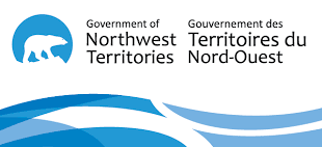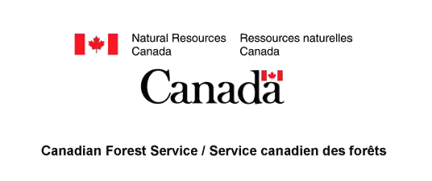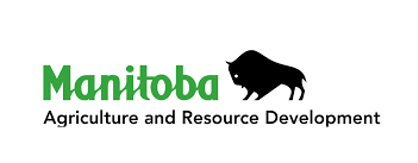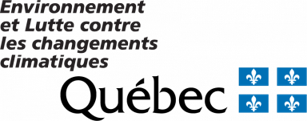Title: Overwintering fires can occur in both peatlands and upland forests with varying ecological impacts
Citation: Baltzer, Jennifer L.; Veraverbeke, Sander; Hessilt, Thomas D.; Alfaro Sánchez, Raquel; Van Gerrevink, Max J.; Ogden, Emily L.; Olsen, Richard; Scholten, Rebecca C.; Turetsky, Merritt R., 2025, "Data for: Overwintering fires can occur in both peatlands and upland forests with varying ecological impacts", https://doi.org/10.5683/SP3/QYLJ1L
Study Site: Northwest Territories
Purpose: Climate warming is increasing the prevalence of overwintering ‘zombie’ fires, which are expected to occur primarily in peatlands, undermining carbon storage through deep burning of organic soils. We visited overwintering fires in Northwest Territories, Canada, and Interior Alaska, United States, and present field measurements of where overwintering fires are burning in the landscape and their impact on combustion severity and forest regeneration.
Abstract: This dataset is original data from overwintering and single season fires in the Northwest Territories, Canada. It includes species-specific pre- and post-fire tree stem density estimates, stand structural data, and above and belowground combustion data for sites that burned in 2014 (single season fires), some of which continued to burn through the winter, reignite in the spring and reburn in the 2015 fire season (overwintering fires). In each region, we sampled adjacent overwintering and single-season burn sites. We used previous detections of overwintering fires based on satellite data and reports from fire managers to identify overwintering fires and increased the accuracy of overwintering fire locations using 30m Landsat imagery. Adjacent to these overwintering sites, we identified single-season burn sites from within portions of the 2014 fires that were unaffected by overwintering. The identified single-season sampling location was also evaluated on the ground to ensure comparability in site attributes identified to be important to post-fire outcomes such as pre-fire tree species composition and site drainage. Because all sampling was conducted by helicopter, where proximal overwintering fire sampling locations were environmentally similar, we used a shared single-season fire as the unburned contrast for efficiency in flight time. Data are provided for nine overwintering fire sites and six single-season fires sites.
Supplemental Information Summary: Accompanying data from Alaska (Walker and Mack. 2024 a,b,c) were included for analysis in the accompanying manuscript
Research:
Further Info: Baltzer, JL, Walker, XJ, Veraverbeke, S, Hessilt, TD, Alfaro-Sanchez, R, Van Gerrevink, MJ, Mack, MC, Ogden, EL, Olsen, R, Scholten, RC, Turetsky, MR. 2025. Overwintering fires can occur in both peatlands and upland forests with varying ecological implications. Nature Ecology and Evolutiondoi: 10.1038/s41559-024-02630-2
Status: Complete
Keywords:
vegetation,
wildfire,
Tree regeneration,
Carbon combustion,
Geographical coordinates: North: 78.82805271196608, South: 59.96266126343798 East: -102.10409554609429 West: -136.35187106894026
Bounding Temporal Extent: Start Date: , End
Date:













